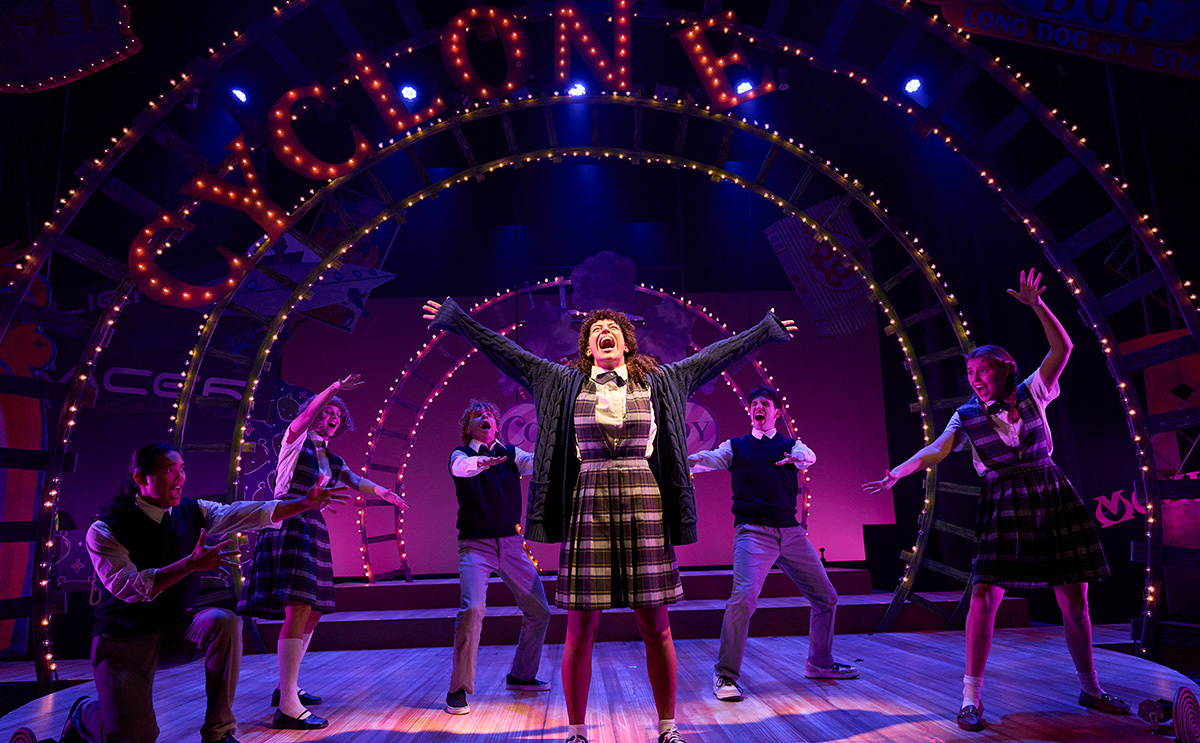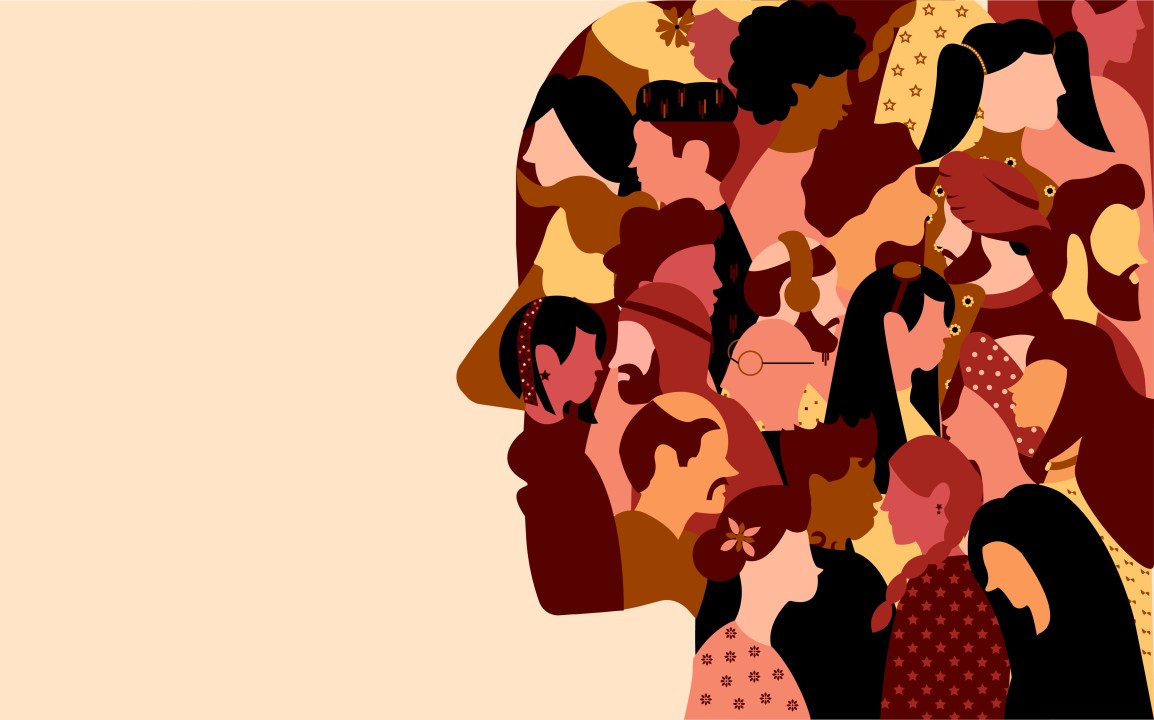The Dance of Cultures: How Festivals Reflect Global Harmony
Festivals serve as dynamic platforms where local traditions and global influences converge. These events act as eloquent tapestries, reflecting the harmonious blend of diverse cultural expressions, celebrating unity through diversity.
1. Bridges Between Cultures
Festivals have become vital in bridging cultural gaps, fostering understanding across communities. Collaborative artistic endeavors often highlight this bridging effect, where different cultural traditions merge to create a unified artistic expression. For example, initiatives that blend Indian dance with Māori storytelling illustrate how festivals foster cross-cultural dialogue and mutual appreciation. These collaborations are crucial in enhancing diplomatic relationships and enriching cultural narratives, offering a platform for diverse voices to meet and inspire one another.
2. Global Mobility and Local Traditions
The advent of global mobility has significantly reshaped traditional festivals, particularly in towns where ancestral practices meet an influx of international visitors. This intersection has given birth to hybrid cultural landscapes. For instance, in certain regions, local festivities intertwine with global symbols, creating a space where tradition meets modernity. Even as these festivals face the challenge of balancing economic benefits with cultural preservation, they continue to thrive as arenas of negotiation between local identity and global interaction.
3. Revitalizing Heritage Through Festivals
Festivals play a pivotal role in preserving cultural heritage, offering a vibrant stage for endangered traditions. A poignant example is found in the efforts of the Ba Na women in Vietnam, who actively participate in all-women gong music teams. These performances at local festivals not only preserve their cultural identity but also engage with a wider audience, fostering sustainability through cultural tourism. Through such events, festivals provide a sturdy platform for cultural knowledge transmission across generations.
Artistry Unveiled: Crafting Music and Costumes for Celebrations
Within the heart of festivals lies the profound artistry of music and costumes, elements that are intrinsic to the storytelling and cultural essence of these events.
1. The Power of Music in Storytelling
Music is a cardinal element in festival storytelling, bridging past and present through melody and rhythm. It serves as a narrative force, guiding the emotional landscape of a festival. Varieties of festivals highlight how distinct musical traditions reflect unique cultural narratives. Take, for instance, the profound influence of traditional music at the International Black Theatre Festival or the Chicago Paris Cabaret Connexion, where music becomes a vessel for cultural expression and communication.
2. Costume Design: More Than Just Decoration
Costume design at festivals transcends aesthetics; it's a vivid reflection of cultural identity and storytelling. The intricate designs and vibrant colors used often possess profound symbolic meanings. In festivals like the Wexford Festival Opera, costumes not only elevate the visual spectacle but also enhance the narrative depth, offering audiences insights into cultural contexts and historical narratives. Each stitch and fabric choice is intentional, echoing tales of heritage and innovation.
3. A Collaborative Art Form
The creation of music and costumes is a collaborative endeavor, uniting artists, craftspeople, and community members. This collaboration enriches the artistic output and fortifies community bonds. City-wide festival calendars that highlight local and international arts emphasize the collaborative nature inherent in these cultural celebrations. It’s through this collaborative spirit that festivals draw individuals into a shared cultural experience, shaping a collective memory brimming with creativity and heritage.
Beyond Borders: The Cultural Exchange at Festival Gatherings
Festivals are emblematic of cultural exchange, playing pivotal roles in melding diverse communities and championing cultural heritage.
1. Celebrating Unity Through Shared Experiences
Festivals create opportunities for cultural immersion, inviting participants to engage with traditions outside their own. For instance, donning traditional attire or engaging in local culinary practices engenders empathy and understanding. These participatory experiences are transformative, dissolving cultural barriers and fostering a communal sense of belonging. They symbolize the threads of human connection shared across diverse cultural landscapes.
2. Art as a Catalyst for Cross-Cultural Dialogue
Artistic expressions within festivals facilitate dialogue across cultures. These performances often tackle themes of identity and social justice, acting as bridges between diverse perspectives. The theatrical performances at multilingual theatre festivals exemplify this, offering audiences reflection upon shared human themes and fostering cross-cultural empathy through universal storytelling.
3. Fostering Collaboration and Innovation
Festivals act as incubators for innovation and collaboration across cultural sectors. They draw together artists, scholars, and cultural practitioners, fostering the birth of new artistic forms and cultural preservation techniques. Conferences focusing on cultural heritage and technology underscore this dynamic, advocating for progressive approaches in cultural documentation and dissemination. Consequently, festivals act as breeding grounds for fresh ideas and enduring partnerships that transcend borders.
4. Showcasing Fashion and Design
Fashion showcases at festivals illuminate the fusion of tradition with contemporary design. They are vivid expressions of cultural evolution, highlighting how traditional techniques inspire modern aesthetics. These showcases are dialogues within themselves, bridging cultural differences through visual storytelling, celebrating cultural distinctiveness while encouraging cross-pollination in fashion design and interpretation.
Missteps and Myths: Understanding Festivals Through Local Stories
Engaging profoundly with festivals requires moving beyond surface-level interpretations to appreciate their deeper cultural significance.
1. The Danger of Superficial Interpretations
Merely viewing festival aesthetics without context risks misrepresenting cultural narratives. The vibrancy of costumes or the rhythm of music can be mistakenly perceived as mere performance rather than as culture’s expressive soul. True appreciation demands an exploration of the cultural stories underpinning these artistic elements to unveil their genuine significance.
2. Myths and Misconceptions
Misunderstanding festivals through external lenses can perpetuate myths that overshadow genuine cultural narratives. Such misconceptions can obscure nuanced layers of meaning within celebrations, potentially marginalizing local voices. An accurate understanding involves overcoming these myths, recognizing the celebration’s history, and acknowledging its cultural narrative fidelity.
3. The Importance of Local Voices
Authentically understanding festivals necessitates engaging with local narratives and stories. Community-led experiences provide invaluable insights into a festival's local significance. Acknowledging these voices enriches the festival’s narrative, enhancing the cultural dialogue between participants and local communities.
4. Avoiding Cultural Missteps
When attending festivals, respecting local traditions and practices is imperative. Ensuring cultural sensitivity enhances the experience, allowing respectful participation in cultural immersion and ensuring a festival's authentic representation is acknowledged and appreciated.
5. Learning from Travel Blogs and Scholarly Work
Combining firsthand experience with insights from travel narratives and academic analysis enriches the understanding of festivals. These resources provide crucial context, guiding attendees towards a more profound appreciation of the cultural depths that festivals inherent embody. These tales act as guides, unraveling cultural threads that festivals lovingly weave into the tapestries of human expression and experience.
In these ways, festivals are vibrant platforms that celebrate the convergence of tradition, artistry, and community. They serve as vital cultural intersections, guiding us towards a deeper understanding of our shared humanity and diverse cultural landscapes.
Question and Answer
-
What role do cultural festivals play in preserving local traditions?
Cultural festivals are vital in preserving local traditions as they provide a platform for showcasing and celebrating unique cultural practices. Through rituals, music, dance, and costume design, festivals help maintain cultural heritage by passing down traditions to younger generations. This preservation is crucial for sustaining cultural identities, especially in a rapidly globalizing world. Additionally, festivals often incorporate educational components such as workshops and demonstrations, enabling visitors to learn about and appreciate the depth and richness of local traditions.
-
How do festivals reflect the influence of global culture?
Festivals reflect global influence by integrating diverse cultural elements, often resulting from increased global mobility and intercultural interactions. For instance, a festival in a small town might feature both traditional local music and international genres, creating a hybrid cultural experience. This blend of global and local influences not only enhances the festival's appeal to a broader audience but also fosters cultural exchange and mutual understanding. The incorporation of global elements can lead to innovative art forms and performances that resonate with both local and international visitors.
-
What impact do festivals have on tourism, and how do they benefit local communities?
Festivals significantly impact tourism by attracting visitors from around the world, thereby boosting the local economy. Tourists attending festivals contribute to increased revenue for local businesses, such as hotels, restaurants, and shops. Moreover, festivals can promote a destination's unique cultural identity, making it more appealing to tourists seeking authentic experiences. This influx of visitors creates jobs and provides opportunities for locals to engage in cultural tourism, showcasing their traditions and crafts. Additionally, festivals often encourage the development of infrastructure and amenities, which can benefit the community long after the event has concluded.








